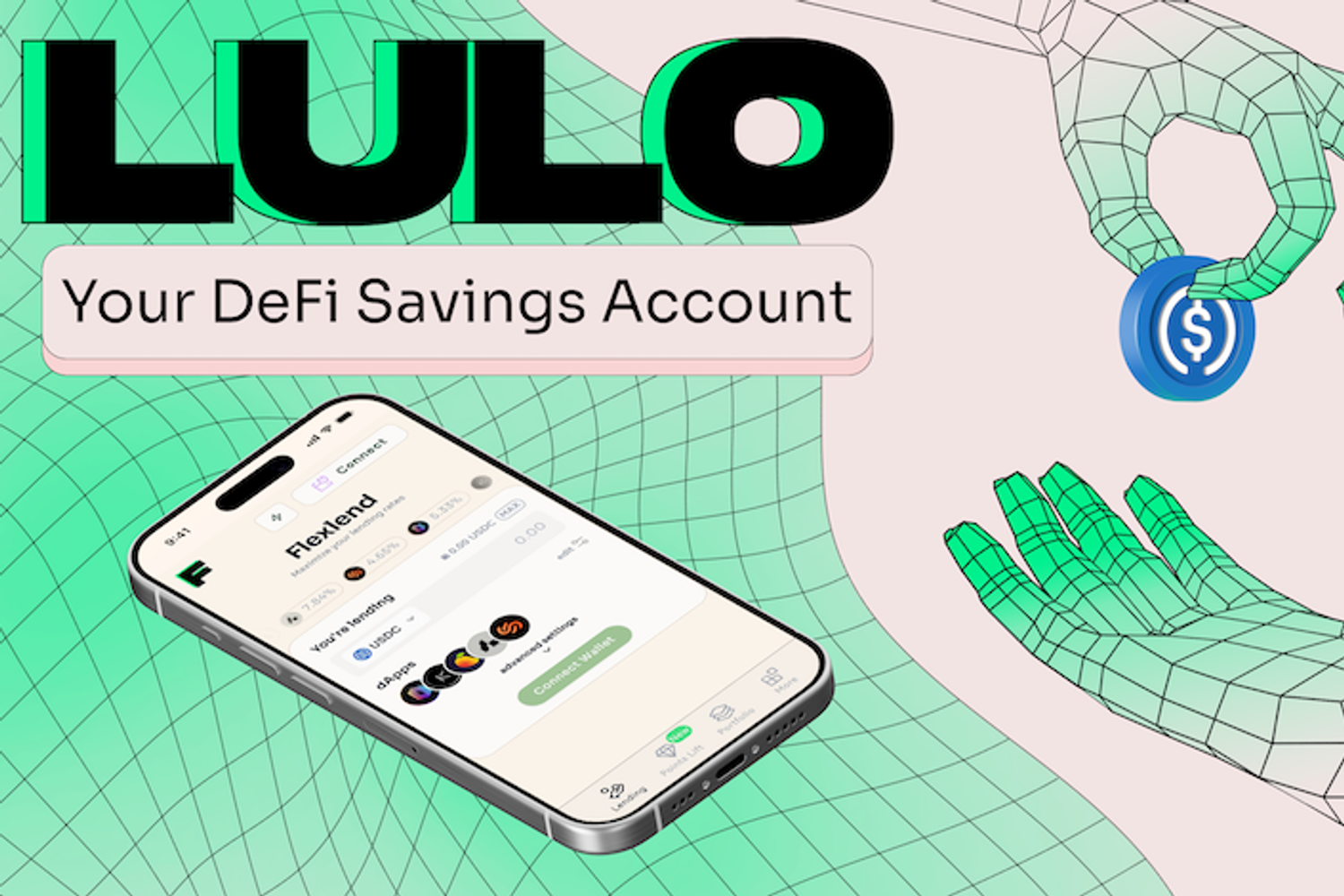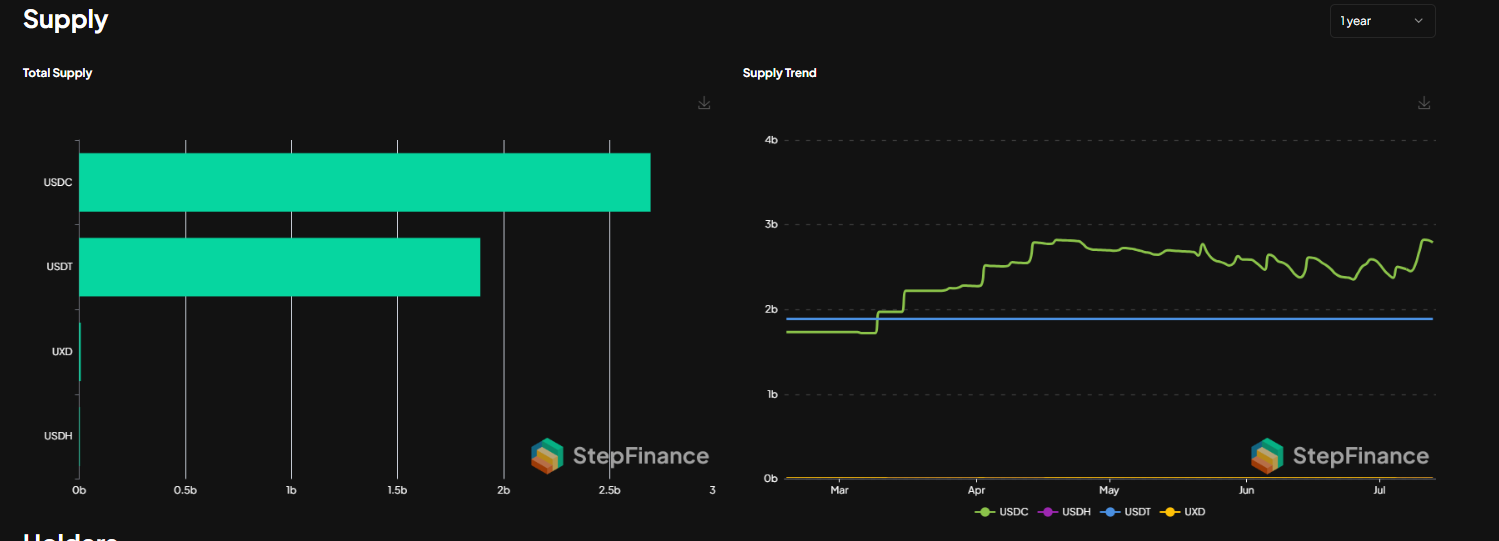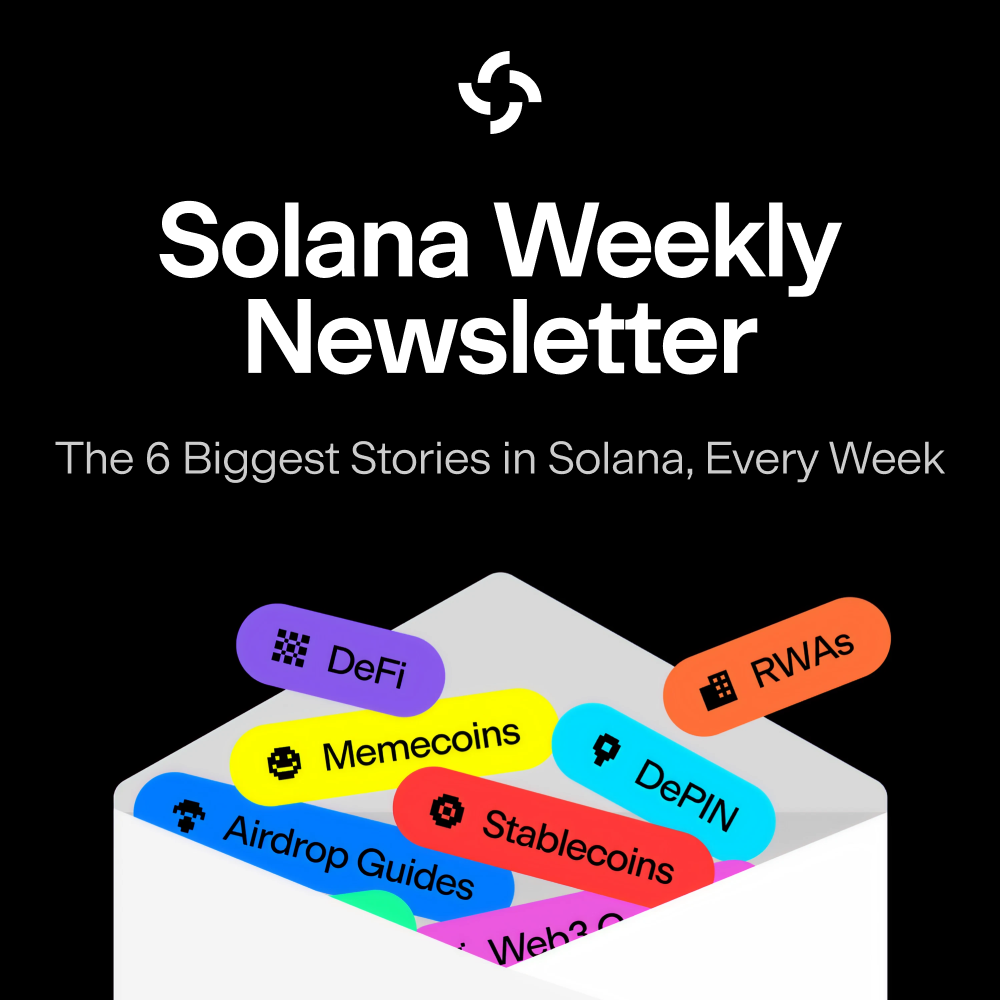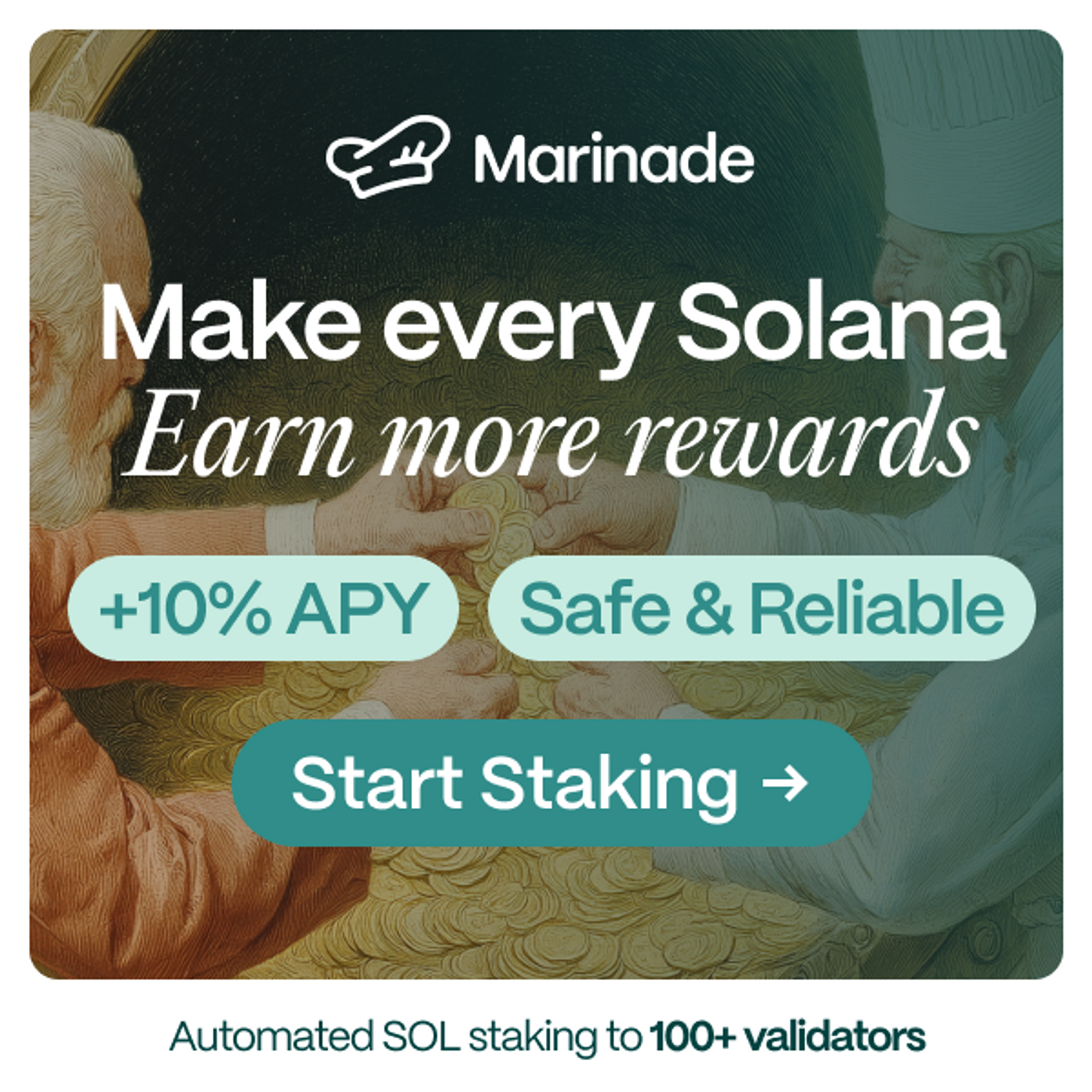
Lulo Joins the Circle Alliance, Reinforcing DeFi Credibility
Circle, creators of Solana’s most popular stablecoin, has welcomed Lulo Finance into its prestigious Circle Alliance.
- Published:
- Edited:
Lulo Finance, a popular Solana-based DeFi application with over 6,000 active accounts, has joined the Circle Alliance.
Promising to expand the horizons of the internet’s financial system, the Circle Alliance connects and supports dozens of applications across various blockchain ecosystems.
Lulo Joins WormHole, TipLink in Circle Alliance
Circle, the company behind the USDC stablecoin, has inducted Lulo Finance into the Circle Alliance. Featuring blockchain-based applications across the industry, the Circle Alliance represents a global network of organizations committed to expanding financial inclusion throughout the globe.
As part of the Circle Alliance, Lulo Finance will be able to leverage Circle’s considerable network effect. The popular yield-optimization app gains access to exclusive events and growth opportunities proposed by Circle, the organization that developed the most widely used stablecoin in the Solana ecosystem.
Lulo’s inclusion in the Circle Alliance speaks volumes about the stablecoin issuer's trust and belief in the application. Maurice, Lulo’s Head of Growth, expressed excitement regarding the announcement, highlighting that Circle’s approval gives Lulo “an additional layer of trust and recognition within crypto circles”.
Stablecoins are an essential part of any DeFi ecosystem. By welcoming Lulo into the Alliance, Circle is helping to establish confidence in the future of DeFi apps on the Solana blockchain.
The Circle Effect
Capturing over 58% of Solana’s stablecoin supply, Circle’s USDC is undoubtedly the network’s stablecoin of choice. While the recent growth of PayPal’s PYUSD has turned heads, USDC remains the primary means of storing fiat-backed USD onchain.
USDC Total Supply and growth data, provided by Step Finance
Late last year Visa began collaborating with Circle, launching a series of pilot programs to expand stablecoin settlement capabilities on the Solana network.
Visa, one of the largest payment processors in the world, has expressed significant interest in the Solana blockchain, contending that the network’s high throughput and low fees made it an ideal candidate for international payments.
Coupled with other landmark events like cryptocurrency ETFs, Visa’s endorsement of Solana and Circle helps to legitimize and establish trust in blockchain ecosystems.
Collaborations between traditional financial giants like Visa and established blockchain-based service providers like Circle hold great potential for crypto apps. Protocols with close ties to Circle, like members of the Circle Alliance, are expected to benefit from the stablecoin issuer’s network effect.
As part of Circle’s expansion, the organization announced in July that they were the world’s first fully MiCA-compliant stablecoin issuer. The European Union’s regulatory framework, MiCA (Markets in Crypto-Assets), greenlit both USDC and Circle Euro-pegged stablecoin, EURC, meaning that these digital currencies are fully compliant within European jurisdictions.
In an exclusive statement with SolanaFloor, Lulo Finance’s Head of Growth contended that the platform would “love to enable EURC” but noted that “interest on the [EURC] markets are quite low”.
While this suggests that we shouldn’t expect to see EURC implementation in the protocol just yet, a Lulo spokesperson hypothesized that “if enough people request [EURC] we'd enable it.”
Read More on SolanaFloor:
The stage is set for Ethereum ETFs, what happens next for Solana?
SEC Greenlights Ethereum ETFs, What Does This Mean for Solana?
What Are Stablecoins?




